12 steps to have a perfect website layout
Creating a website layout is very critical step in web designing, also it seems very difficult tasks for beginners and new designers who finish their training. These principles are very helpful to design a perfect layout in professional way for your design.
These following steps not only focus on landing page design but also general workflow issues that will get the job done perfectly and effictively.
1.Write your thoughts on paper first

Before starting the work you need to know what is it you are designing for. Besides the description of the site, you need to know what the expectations are for it.
it is very common between imature designers that they jump straight into their work before any preplanned notes.Having the sketches of what you really want to design and making sure that those should match with your client's goals and demands should be at your priority of plan.Think about the content, the layout and the functionality before starting design.
2. Sketching a top-level framework
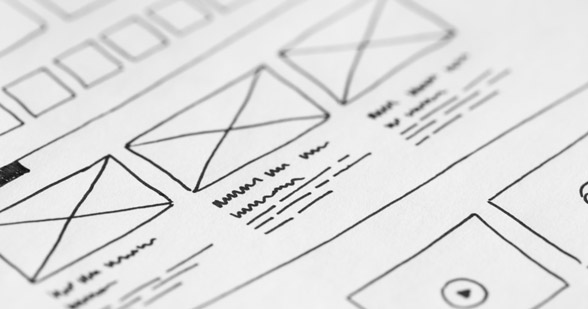
The first thing that we should do is to come up with a top level framework that solves all the design problems. The framework should be the UI that surrounds the content and helps the user perform actions and navigate through it. It includes the navigation and components like sidebars and bottom bars. If you approach your design from this perspective, you will have a clear understanding of what your layout needs will be when designing sections beyond the homepage.
3. Adding a grid
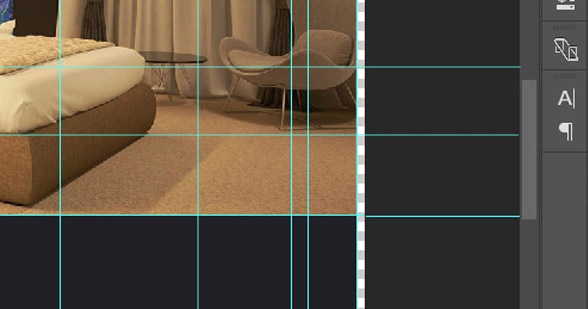
Before starting to design anything you need a proper grid. There are no resonable reason for starting without a grid – and if you don't, the design won't look as good. A grid will help you to structure the layout of the different sections; it will guide you through the specific screen size requirements, and help you to create responsive templates, so you don't have any problem in terms of spacing and other designing issues.
4. Choose your typography

Exploring different typefaces and colours is part of the discovery phase of a project. not using more than two different typefaces in a website is recommended , but it really depends on its nature. Overall, choose a font that is easy to read for big chunks of text, and be more playful with titles and calls to action. Don't be afraid of using big fonts and be creative and consistent when using typography.
5. Select your colour theme
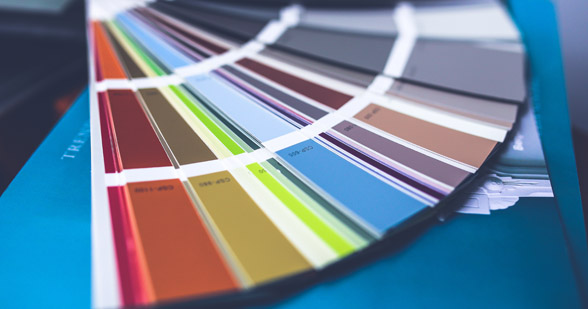
Use a limited set of colours and tones to guard against visual overload
Throughout the process of choosing a set of typefaces, you should start exploring what colours you will use in the UI, backgrounds, and text.
t's important to apply those consistently across the UI depending on the element's functionality. Think about the layout of sites like Facebook, Twitter, and Vimeo. Besides the UI there shouldn't be any colour restriction for illustrations or graphic details.
6. Divide the layout for sake of simplicity
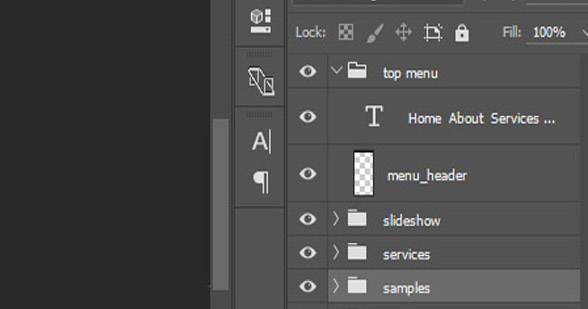
The simpler the structure of the site, the easier it is for users to navigate. Each section in your site needs to tell a story; it needs a reason and a final outcome for the user. The layout should help the content to highlight what are the most important pieces in that story.
In reality there shouldn't be too many callouts on a page – everything should drive to that final 'What can I do here?' Think about the most simple layout you can imagine for a simple purpose and start adding components that are necessary. In the end you'll be surprised how hard is to keep it simple.
7. Challenge yourself in every single project

Every designer should challenge themselves on every project. Innovation isn't always a requirement , so it's up to designer to come up with something new. Examples of different challenges could include creating a new component, or even minor challenges like avoiding blend modeS.
8. Refine every component
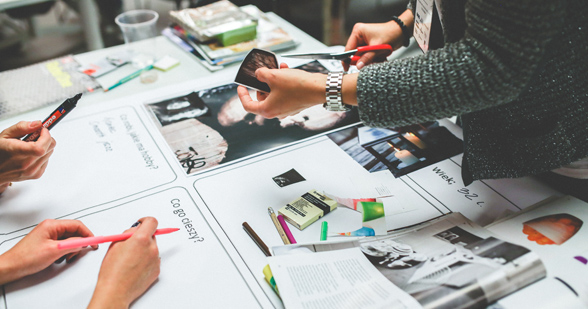
Each component needs to be designed as it could stand alone as the best component ever. Sometimes designers leave certain parts of a site until last on their to-do list, and end up not showing them much respect.
9. Design the best case; prepare for the worst
We need to build a site that can work not only in the ideal scenario, but also in the worst-case scenario. For instance, a user could be using a really small screen and check the site when there is barely any content on it so it looks broken.
However for the purpose of presenting our work it is always strongly recommended building the best case scenario for it. Therefore we are going to display the ideal amount of text and we are going to show the site inside the ideal browser size that should be the most common scenario for most users using it.
10. Obsess over the design until you hate it
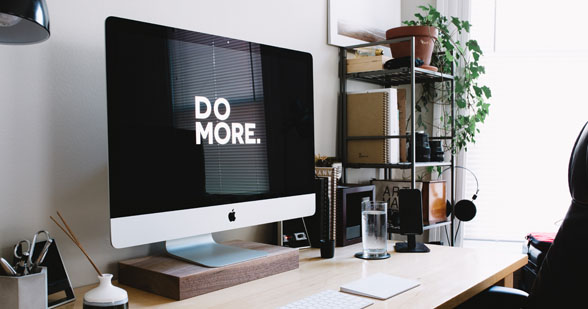
If you are passionate about design I'm sure this is something you are already doing. Whenever I finish a comp I feel proud of, I tend to make that comp a part of my life. I take screenshots of it, check it out it different devices, make wallpapers of it and even print it and hang it on the wall.
As a result of this process, I get to a point where I finally end up hating my design. I start seeing everything that's wrong with it and eventually I change it. Disliking your previous work is sign of maturity, and it means that you are finally learning from your own mistakes.
11. Share designs with clients early on

When proposing an interactive concept or a design 'look and feel', you need to ensure that you and the client are both on the same page as soon as possible. Avoid spending too much time on a concept before sharing it with the client.
Once the initial concept is approved you can relax a little bit and start production. But after presenting the first concept, if the client doesn't fall in love with it, you should gather enough feedback to bring a second more appropriate concept to the table.
12. Be your developer's best friend

Developers are creative people and they love their jobs as much as you do. But they are not always included in a project from the very beginning, and often only get involved when the concept is decided and their creative role has been overridden.
This process is wrong; some of the best ideas come from the development team, so make sure you team up with them from the very beginning of the project. Sharing your concepts and excitement with them will lead to better ideas and a better execution in the end


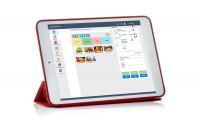

- No comment







